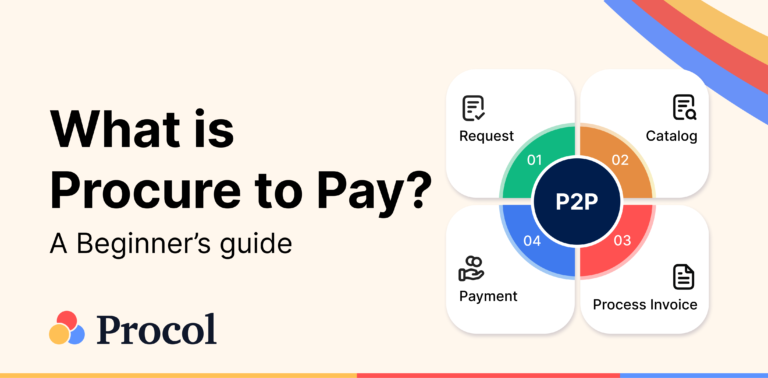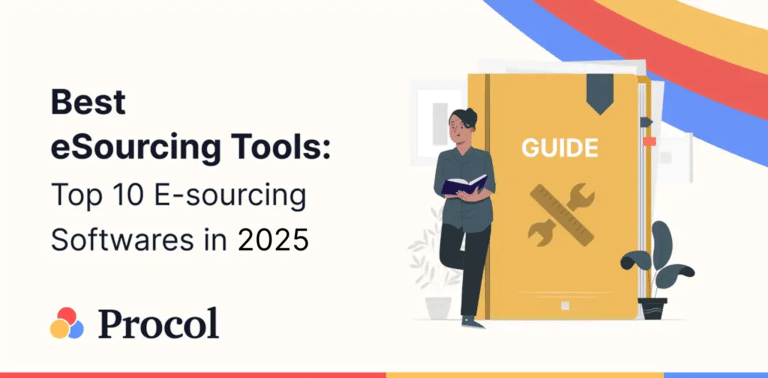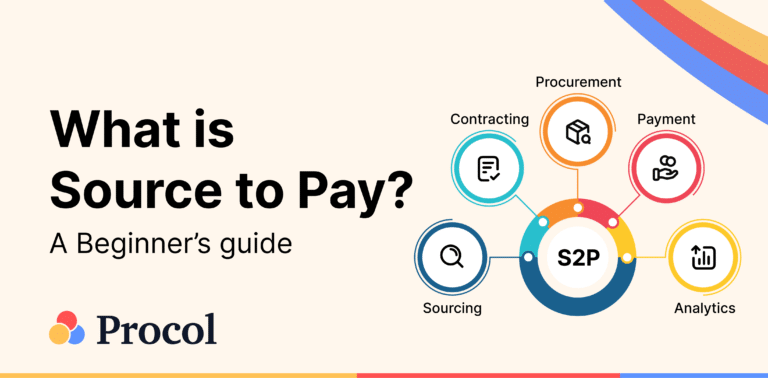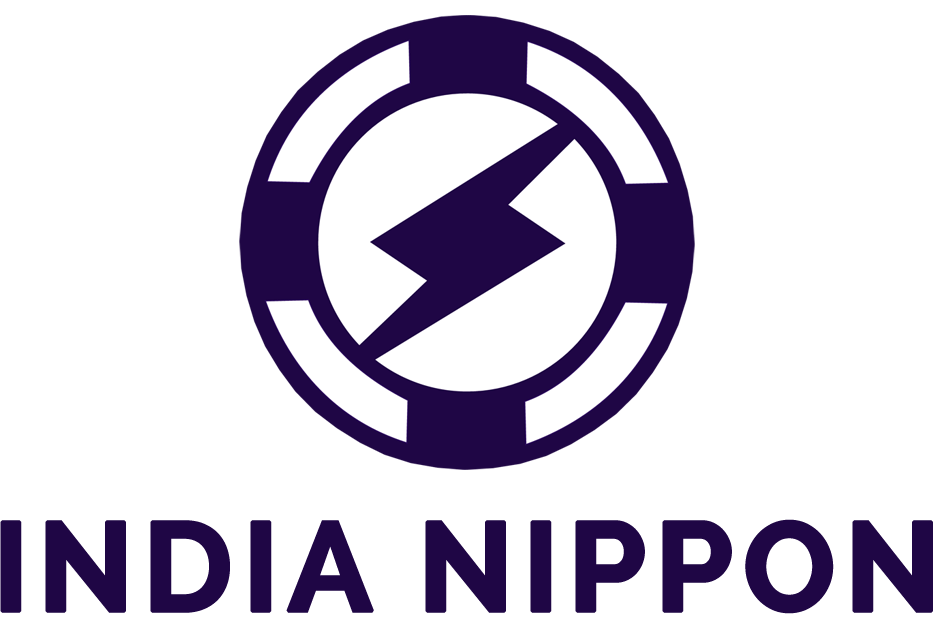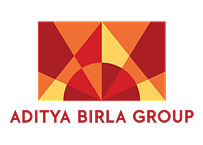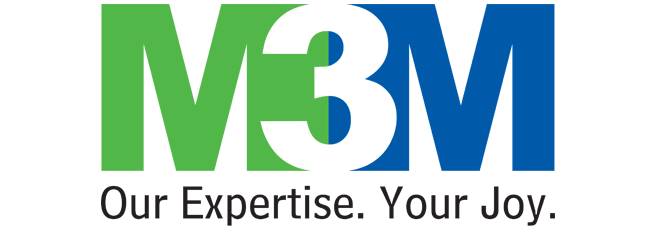What is Procurement Software ?
A procurement software can help organisations automate purchasing procedures, order management, inventory management, supplier management, contract lifecycle management, and invoice management through a computer program, or a group of programs. Procurement software can be integrated with any enterprise resource planning (ERP) platforms to centralise the entire data with limited access based on user permissions.
How are Modern Procurement Softwares Different from Traditional Systems?
The purchasing process takes longer and has more room for error when using a typical procurement method.
The process goes smoothly when a need is identified. The buyer fills up a purchase requisition form and submits it for approval to the relevant department head. Additionally, it could be forwarded to the IT department to check that the products are compatible with existing technology and processes and to account for approval. Following the approval of the requisition, the buyer completes a purchase order form and sends it to the supplier, typically via fax or email but occasionally by postal service.
Company policy regarding bids must be adhered to if the product or service has never been acquired before or if a supplier is employed for the first time, mainly if it is a costly item. In this scenario, the buyer must submit numerous requests for quotes (RFQs) to vendors, wait for the responses, decide, and then submit a purchase request for approval with the sections stapled to it. Following approval, the item is then ordered. Vendors and the business may occasionally enter into a contract, wherein the terms must be negotiated, and contract management must be put in place to guarantee compliance.
In a conventional system, the procedure is carried out manually through excel sheets and paper documents. Contrarily, procurement software enables a large portion of the process to be automated, and the entire process is electronic. The organisation will spend less money due to the time savings and less risk of error.
Benefits of Procurement Software
Transparency across the organisation
The documentation of all transactions is supported by procurement software. This makes it possible to get all information about how money is being spent in terms of vendors, costs, and quality, as well as how long it takes to execute a transaction from a single source of truth.
Reduction of costs
The use of procurement can help shed light on the services that are frequently acquired, the providers that offer the best value, and the places where expensive purchases might be made in place of less expensive ones.
Improved operational efficiency
Procurement software offers a more automated procedure to cut down on the overall number of hours needed to create purchase-related documents. By doing so, the possibility of manual data input errors can be reduced, and a corporation can use the time saved to focus on other critical business priorities.
Standardised workflow
Create organized procedures that give you more control or flexibility over each transaction. This can be put into practice from requisition to the merging of payment information into the accounting system.
Integration into the system of record
Accounting systems and procurement software can communicate through integration, ensuring that all transaction data is logged accurately in your system of record. Modern procurement systems provide various integration options, giving firms more freedom over where information is pushed throughout the purchase process.
Digitised catalogs
Organisations have much power and freedom regarding what is accessible through their procurement software. Bundle frequently used things so everyone knows precisely what must be bought for a typical use case. Limit purchases to only those from reputable vendors with whom you have pre-negotiated contracts.
